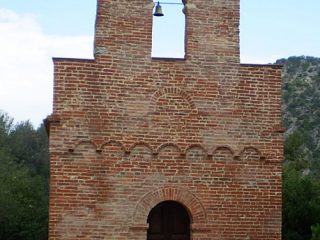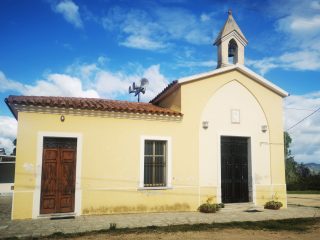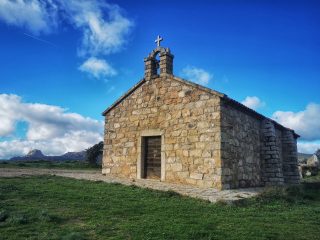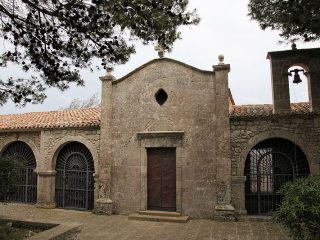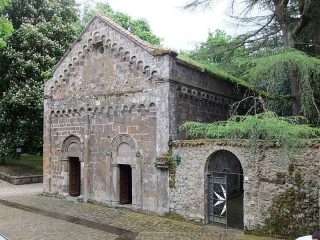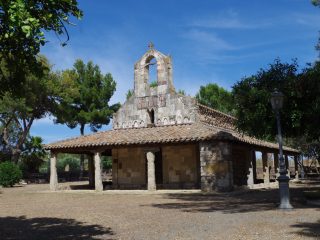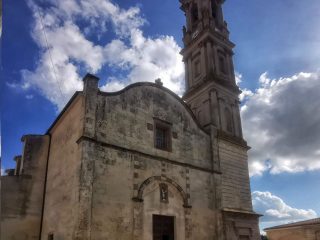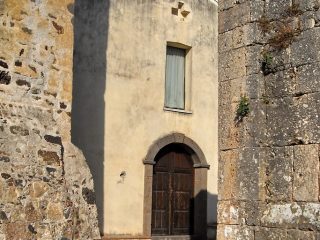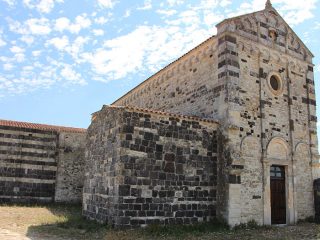The basilica stands at the heart of the town’s historical centre and overlooks a small square off of which stem all the main streets.
The present-day building is the result of different changes and extensions carried out over time. Indeed, the original building dates back to the V-VI centuries, constructed on a place where, according to tradition, the saint was martyred. The first building, home to the diocese of Sulcis, had to be erected on a Greek cross structure, with dome at the intersection of the arms and barrel vaulted. The martyrium also had an underground sanctuary, where the sarcophagus was received with the saint’s remains.
In 1089, the temple was donated by Costantino de Lacon-Gunale, a magistrate of Cagliari, to the Vittorini monks of Marseilles. They transformed the Greek layout into a Latin one by enlarging the central nave and introducing a large apse. The brickwork shows that a further extension was made between the XVII and the XVIII century, when the auditorium and the current facade were lengthened; while the bell tower with square plan, complete with clock was added by the Town Council in the nineteenth century.
The inside of the basilica, mostly bare and left with exposed ashlars, preserves the wooden simulacrums of Saint Lucy, the Risen Christ, Our Lady of Sorrows, Our Lady of Carmel and Saint Antiochus. The basilica also provides access to the catacombs below; the tomb that tradition links to the saint is kept here as well as a nucleus of tombs of early Christians, separated into niches, graves in the floor and arcosoliums, one of which the image of the Good Shepherd.




